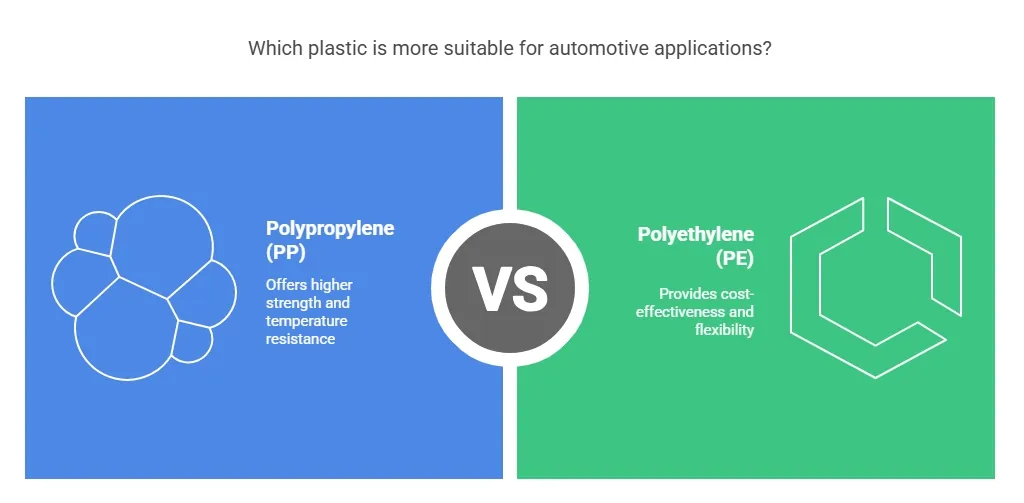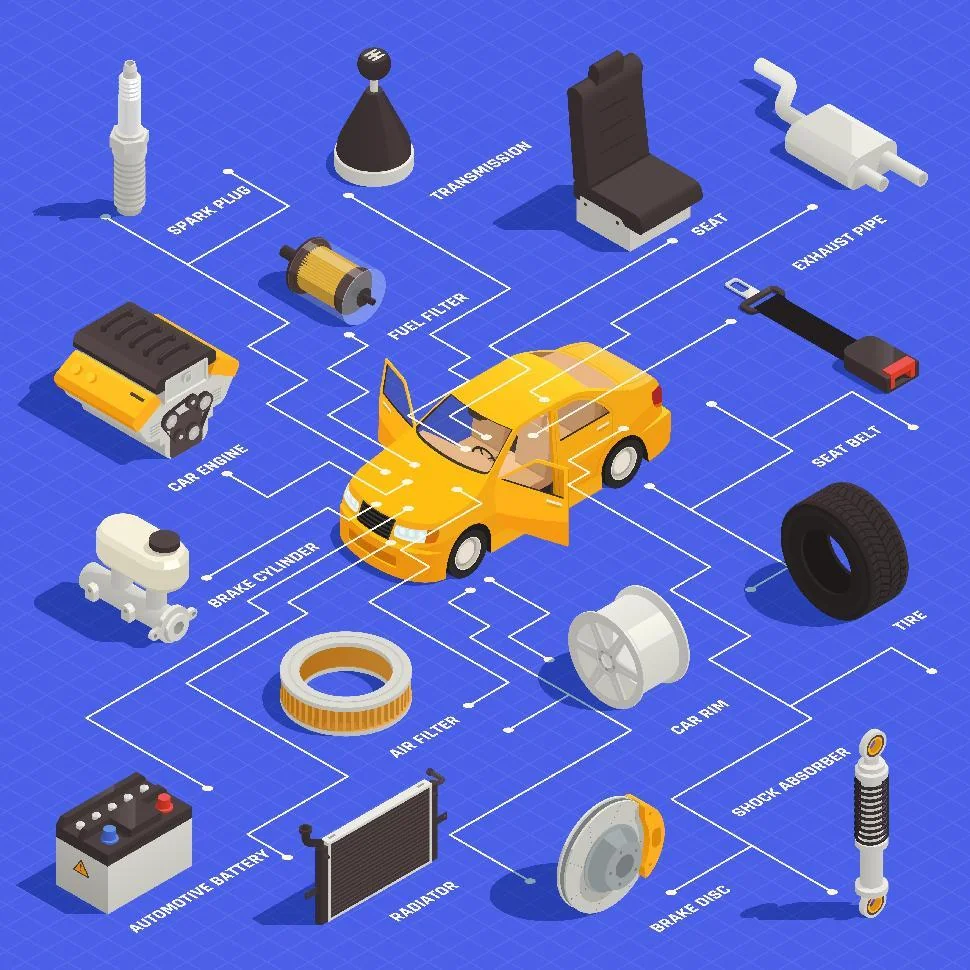If you are wondering what does temperature has to do with plastic injection molding processes, you probably don’t know a lot about the topic. We are going to illustrate over the following lines a basic outline centered on the basics of cooling rates on manufacturing and how they affect the finished molded product.
In the manufacturing industry, a plastic injection molding process is the way to create a new product. Said product is not finished until it is released out of the mold. The mold itself is often pretty hot after casting a plastic product, especially if molten resins are being used. The product needs to be cooled off before being released out of the mold. This happens at the end of the production cycle.
We call “the cooling rate” to the decreasing time it takes the molten plastic to enter the mold, up to the moment the last cavity of the mold is filled. The process itself is finished when the temperature of the mold reaches the lowest point it can get. After that, there comes the release of the part. If the cooling process was done following the right protocols, the finished part should be whole and ready to ship.
Table of Contents
ToggleCooling Systems Used in Any Plastic Injection Molding Process
The manufacturing industry has created two basic standards used by most of them when it comes to cooling. While many companies set their system, they all take their cues from two specific methods that have been used for some time now. They are:
· Air-Cooling Systems
The name is a dead giveaway with this one. This system uses cold air to slow down the heating of the mold. It’s the slowest process of the two listed, but it’s very effective when your part is being manufactured with delicate or expensive materials.
· Chemical Cooling Systems
The name certainly implies something more complicated, but it’s actually far from it. Chemical cooling systems used two basic ingredients: Ethylene glycol and water. The mix of these components is delivered through a few hoses strategically placed all over the manufacturing machine. This is the most popular cooling method used on any plastic injection molding process.
· What Else Affects the Cooling Rate of the Molds?
The cooling rate for any product is important due to the logistics managed by the manufacturer. Heat is the greatest ally of any project handler, but it’s also the greatest enemy it has. If any product fails to get cooled off properly, it can show imperfections. In some stances, it can even get a crack or two that would make the piece worthless by itself. In the following lines we’ll list some of the things affecting the cooling rates of your products:
· Right Amount of Pressure in the Cavity Mold
To deal with this issue, the cooling rate should be monitored at all moments. The measures will be registered to show the pressure curve on the temperature used in the mold. The results are also a guide for the operator because the minute the plastic resin cools, it begins to shrink. This helps reduce a great deal the pressure inside the mold cavity.
· Inspecting the Mold Temperature
In any plastic injection molding process, the temperature of the mold affects the cooling rate at every single step. The cooling lines work based on the temperature registered by their sensors. They deliver the cooling solution based on their automatic readings.
· Wear Resistance
The products should be handled easily after cooling off. Wear resistance is avoided with the right timing. You need to ask your project handler to learn all you can about this issue.
· The Cooling Rate Is Affected by Non-Heat Metal Conductors
Even after enduring a complex irrigation by the manufacturing machine, the product must be set in after being cooled off. Non-metal molds make this labor very complicated, the good news is that they are far from being the norm right now.
· Other Reasons
There is a long list of causes affecting the mold cooling lines. One of them is how the temperature on the mold can affect different parts with serious issues. There are also problems with regular manufacturing tropes such as Creep Resistance, Dimensional Stability, Fatigue, Resistance Jetting, Molecular Weight, Molded-in Stress Mold, Warpage, Sink Marks
Closing Thoughts
After the cooling process is done, we need to remove the finished parts from the mold. The only way to do this is by using a jumper or the tool that ha ben designed for the task. The jumper is not recommended, since it could leave a mark on the finished product. Studying the cooling rates of every project, as well as the channels used for the mold, will pay off in the long run. The manufacturer gets an improved cycle time and an excellent outcome for a stress-less molded part.







